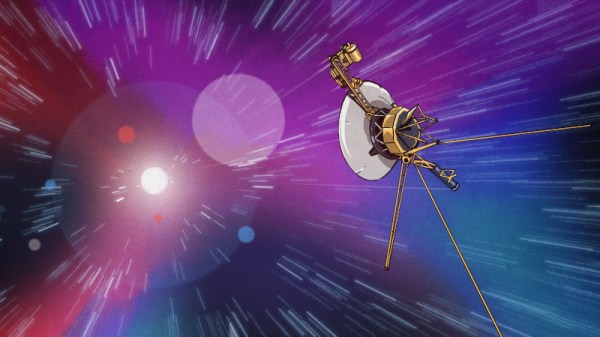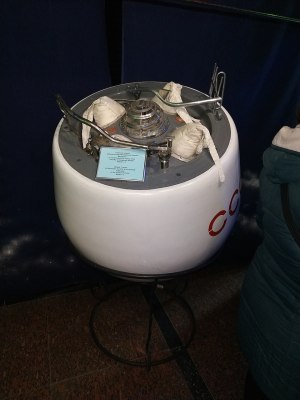Here’s one for our astronomy geeks. Our hacker [arrow] has made their own observatory!
This particular video is a bit over ten minutes long and is basically a montage; there is no narration or explanation given, but you can watch clear progress being made and the ultimate success of the backyard facility.
Obviously the coolest thing about this building is that the roof can be moved, but those telescope mounts look pretty sexy too. About halfway through the video the concrete slab that was supporting one metal mounting pole gets torn up so that two replacements can be installed, thereby doubling the capacity of the observatory from one telescope to two.
Continue reading “Making A Backyard Observatory Complete With Retractable Roof”


















